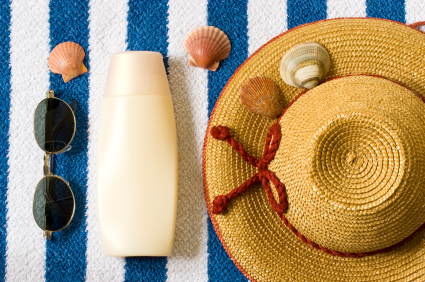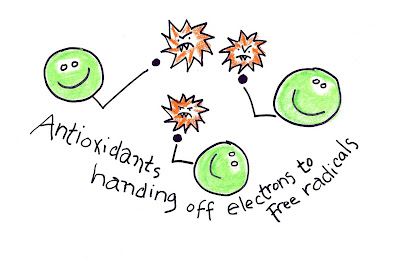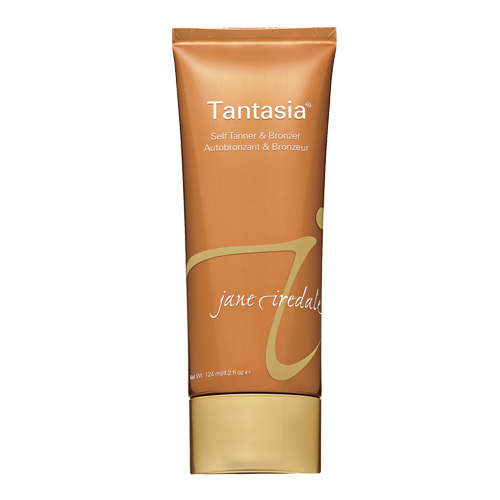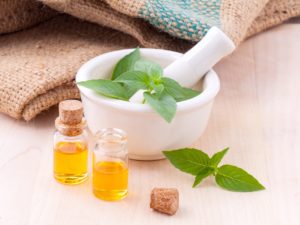The majority of patients that come into our office are concerned with the aging of their skin – loss of elasticity, fine lines, wrinkles. Anti-aging is one of the main focuses of skin care. The good news is, if you commit to a proper skin care regimen and treatment plan, you can slow down the aging process. The bad news is, once damage has been done, it cannot be reversed. It can be improved but never reversed. That’s why the #1 product you can use for anti-aging is SUNSCREEN to preventdamage from happening in the first place.

Don’t get me wrong. The sun is not the only factor that speeds up the aging process.
But it is the major reason. Antioxidants + Sunscreen are your power duo against free radical damage which is what breaks down the collagen (plump, fullness) and elastin (tightness) in the skin.
Sunscreen
FDA Regulations
About six months ago, the FDA enforced more strict regulations on sunscreen labeling. Here are the regulations:
- Broad-spectrum designation: Sunscreens that pass the FDA’s broad-spectrum test, to see if they protect against both ultraviolet A and ultraviolet B rays, may be labeled as “Broad-Spectrum SPF” on the front label.
- Use claims: Only broad-spectrum sunscreens with an SPF value of 15 or higher can claim to reduce skin-cancer risk and early skin aging if used as directed with other protective measures. Other sunscreens, including those with an SPF value between 2 and 14, can claim only to help prevent sunburn.
- Waterproof, sweatproof and sunblock claims: Sunscreens cannot be labeled as waterproof or sweatproof, or be identified as a sunblock, because those words overstate their effectiveness. Sunscreens cannot claim to provide sun protection for more than two hours without reapplication or to provide immediate protection without having submitted data to obtain FDA approval.
- Water-resistance claims: ”Water-resistance” labeling must indicate whether the sunscreen is effective for 40 minutes or 80 minutes while swimming or sweating. Other sunscreens must include a recommendation advising consumers to use water-resistant sunscreen if swimming or sweating.
- Drug facts: All sunscreens must include standard drug-facts information on the back or side.
- For full article, please click here
So, that means there is no such thing as a sunblock or waterproof or sweatproof. And you want to make sure you are using a broad-spectrum sunscreen with an SPF 15 or higher (we personally recommend at least SPF 30). Only broad-spectrum sunscreens will help protect against both UVA (aging rays) and UVB (burning rays) damage.
Chemical vs. Physical
Some people feel that they are allergic to sunscreen. Most likely, it is not an allergy but a sensitivity to the chemical filters in the sunscreen. There are two different kinds of sunscreen: chemical and physical. Chemical sunscreens absorb into the skin and absorb the sun’s rays while Physical sunscreens lie on top of the skin and deflect the sun’s rays. If you find that you have a sensitivity or a reaction to sunscreen, try a physical sunscreen.
Remember: a high SPF number does not always mean better protection
The SPF number indicates the amount of time it would take for you to burn if you were not wearing sunscreen. This number can be confusing for consumers. According to an article on WebMD, “An SPF 15 product blocks about 94% of UVB rays; an SPF 30 product blocks 97% of UVB rays; and an SPF 45 product blocks about 98% of rays.” So that means an SPF 30 is not twice as good as an SPF 15. Basically, as long as you are wearing a broad-spectrum sunscreen with an SPF 30-50 and reapply every 2 hours (more if you are in the water), you should be pretty protected. A hat can always add extra protection!
Antioxidants
Antioxidants protect against free radical damage. Without getting too scientific on you, a free radical is basically an unstable atom that is missing an electron. So it steals electrons from other cells in your skin. Each time it steals an electron, it damages that cell. That cell then seeks to steal an electron from another cell, and so on, creating a chain reaction of damaging cells. When skin cells are damaged, they don’t turnover (renew) as quickly and collagen and elastin start to break down. Collagen is what gives your skin its plump, youthful appearance and elastin is what gives skin its elasticity. When it’s damaged, you experience sagging.
What is a free radical? UV rays, air pollution, hairspray, smoke from cigarettes, etc.

Antioxidants donate an electron to free radicals so that it stops the chain reaction of cell damage. This is what makes antioxidants another large part of an anti-aging regimen. L-ascorbic acid (Vitamin C) is typically the go-to antioxidant for skin care. In order to get the best results, you want to make sure you are using a product with a percentage of l-ascorbic acid of at least 10%.
Safe Tanning
You can still have a great looking tan without damaging your skin. With the growing awareness of the sun’s damaging effects, self-tanner technology is also improving. Many products offer streak-free formulas that won’t leave you with an awful orange color.

jane iredale’s Tantasia is a self-tanner and bronzer all in one. It truly is an amazing, technologically-advanced product containing ingredients that actually stimulate melanocyte cells to produce melanin – so the tan color you get will be the color naturally found in your own melanin! It also leads to an even tan. It uses a fairly new technology that bonds DHA to a natural vegetable amino acid compound, which buffers the DHA. What this means for you is that it will not streak! Try it out… you will love it!
Check back for Part III, which is dedicated to discussing melanoma in light of Melanoma Awareness Month!
P.S. Tomorrow is Don’t Fry Day! Everyone have a sun-safe, fun Memorial Day weekend!


